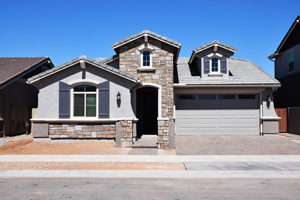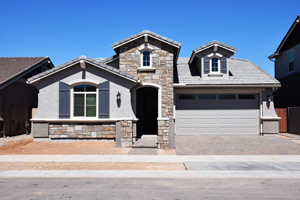
For Tempe–based Fulton Homes spec building has always been roughly one-third of its sales.
By Kayla Devon | Builder Magazine
 evitt & Sons pioneered the mass production of single-family homes in the wake of World War II and rode the resulting wave of speculative development for decades after. Then it went bust in the housing crash. It lived and died by the spec home, and it was not alone. After 10 years of post-crash restructuring, recapitalizing, and focusing on the move-up and luxury home segments, home builders have been cautiously moving back to spec-home building for the same reasons that drove Levitt in its early years: Demand, time, and money.
evitt & Sons pioneered the mass production of single-family homes in the wake of World War II and rode the resulting wave of speculative development for decades after. Then it went bust in the housing crash. It lived and died by the spec home, and it was not alone. After 10 years of post-crash restructuring, recapitalizing, and focusing on the move-up and luxury home segments, home builders have been cautiously moving back to spec-home building for the same reasons that drove Levitt in its early years: Demand, time, and money.
Disclosure: Rose Law Group represents Fulton Homes
In Levitt’s day, the demand came from GIs returning from the war to a nation in which nearly all home building ceased in order to divert materials and labor to the war effort. The time element was key to Levitt’s ability to deliver at a pace of 30 new homes a day at its peak. Mass production made that possible, and it also lowered the cost of Levitt’s homes to what the average GI and family could afford.
Related: The Next Hot Housing Market: Starter Homes (comments from Meritage Homes and Taylor Morrison Home)












